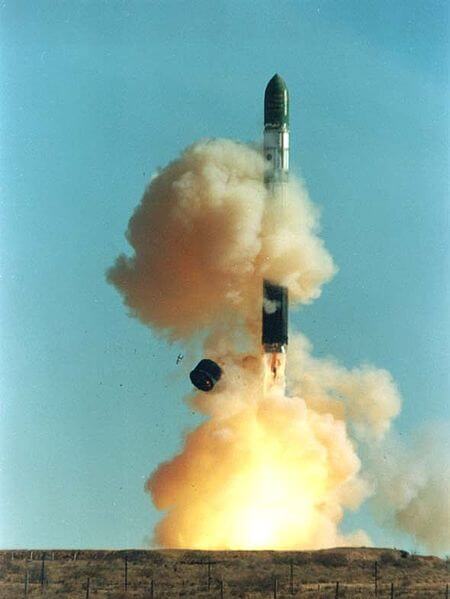The U.S. and Russia have marked completion of the U.S.-Russia HEU Purchase Agreement of 1992. The agreement, which is commonly known as the Megatons to Megawatts Program, was marked this week with the off-loading of the last shipment of low enriched uranium (LEU) at the Port of Baltimore in Baltimore, Maryland, from Russia.
The shipment was the end of the low enriched uranium converted from 500+ metric tons of weapons-origin, highly enriched uranium (HEU) downblended from roughly 20,000 dismantled Russian nuclear warheads. These had been shipped to the U.S. to fuel American nuclear reactors. These, in turn, supplied about 10% of U.S. electricity in the past 15 years.
“The Megatons to Megawatts Program made a substantial contribution both to the elimination of nuclear weapons material and to nuclear energy generation in the United States. Nearly every commercial nuclear reactor in the United States received nuclear fuel under the program,” according to U.S. Energy Secretary Ernest Moniz. “This Agreement serves as an example of what the United States and Russia can achieve when we work together, and we are carrying this success forward into other nonproliferation activities with each other and with our international partners.”
This last shipment also signals the start of a new era of U.S.-Russia cooperation in nonproliferation, science, and nuclear research and development under a handful of initiatives that should progress further through discussions between the United States and Russia this week. Today, Secretary Moniz, Deputy Secretary Daniel Poneman, and State Corporation for Nuclear Energy (Rosatom) Director General Sergey Kirienko held talks in Washington, D.C., about the future of U.S.-Russia collaborative work in the nuclear energy field, including nuclear research and development, commercial aspects of cooperation, nuclear safety, and nonproliferation.

The last four cylinders of LEU arrived at the Port of Baltimore and left for the port for Paducah, Kentucky. From the Paducah Gaseous Diffusion Plant, the uranium will go to U.S. nuclear fuel fabrication facilities, turned into fuel rods, and shipped to commercial customers for use in U.S. nuclear power reactors.


